Natural Values of Galicica National Park!
From Galicica National Park there are very beautiful views of Lake Ohrid and Lake Prespa. Particularly attractive is the opportunity for visitors to observe the two beautiful lakes at the same time. The attractive, aesthetic and curious values of the landscape refer to the mountainous areas that Galichica owns.
In the southwestern part of Macedonia, similar to the diameter that separates Lake Ohrid and Prespa, lies the beautiful mountain Galicica. Part of the mountain is Galicica National Park, and, along with the city of Ohrid and the lake, is protected by UNESCO.
It is interesting that Galicica is a karst mountain, striking in its geographical environment with its impressive size. The highest peak of Magaro is at an altitude of 2,254 meters. The terrain has a high prevalence of relict plants, with 11 plant species only found in this area and 26 endemic animal species registered. This is due to the large amount of rain throughout the year. Particularly striking is the number of butterflies - 1644 species in such a small space.
The flora is represented by over 600 floristic species, of which over 170 are of woody vegetation. Such diversity cannot be observed on other mountains in the Republic of Macedonia. This applies not only to the Republic of Macedonia, but also to significantly wider areas. In the area of Galicica National Park, the diversity of plant species and environmental conditions have created a large number of floristic communities.
Galicica National Park, besides its natural values, also has important cultural and historical monuments. The park has numerous monuments of great historical and artistic significance which are one of the strong reasons for visiting the park. As an integral part of the geographical space, cultural heritage is an image of the time in which it was created. The cultural monuments in Galicica National Park, in addition to their number, are characterized by great diversity, and therefore they are divided into several groups: archaeological sites, churches, monasteries, cave churches and monuments.
Golem Grad Island
One of the monuments in the park, which by its nature is among the most significant of its kind not only within the park and the region but also wider and at the same time being a strictly protected area, is the island of Golem Grad in Lake Prespa. You can find the same transportation in the villages of Stenje and Konjsko. Golem Grad Island is the only island in the Republic of Macedonia.
Of the cave churches under protection are: The Church of "St. Mother of God ”in the village Pestans from the 14th century, the Church of "St. Mother of God ”in the camp Gradiste, Church“ St. Stefan ”, dating from the middle of the 9th century, with a conserved fresco. Of the cave churches that have not yet been safeguarded are the following: The Church “St. Peter and Paul "on Prespa Lake, near the border of the Republic of Macedonia with the Republic of Albania, the Church of" St. Petka ”, between the village. Stenje and the village of Konjsko located on the rocks on the shore of Lake Prespa, the Church of "St. Ilija "near the village of Ilija" Trpejca which is from the 14th century.
Mountain biking
The MTB Galicica Trail is a great place for mountain biking. The track meets the criteria of both the beginning and the more experienced drivers. Driving along this trail offers participants an unforgettable view of Lake Ohrid on the move from Ohrid to Krstec, Stage 1 - 3, a sight that will forever be remembered. The rest of the trail is traced on a mountain plateau with grass cover. The abundance of diverse flora and interesting relief forms further enhance driving pleasure.
Speleology
The park has a dozen underground karst forms - caves and ruins. The Samovska Dupka Cave is the largest cave in Galicica National Park. It is located on the eastern side of the Studenino karst valley, in the upper part of the lower karstic valley, which transversally descends towards Studenino. The total length of the cave is 224m. The highest height of the cave is 9m. An underground river once passed through the Solitary Hole. The cave contains cave ornaments, drapery and cave pearls, and stalactites and stalagmites are very rare.
Accommodation facilities in Galicica National Park
You will need more days to get to know and enjoy Galicica National Park. Don't worry about the overnight stay. Most of the tourist and catering facilities in Ohrid and Prespa are located within the Galicica National Park. In addition to numerous mid- and high-class hotels, accommodation can also be found in other accommodation facilities, such as private villas and houses in most villages and neighborhoods along the coast, as well as in several auto camps.
The uniqueness of Galicica National Park
In the southwestern part of Macedonia, similar to the diameter that separates Lake Ohrid and Prespa, lies the beautiful mountain Galicica. Part of the mountain is Galicica National Park, and, along with the city of Ohrid and the lake, is protected by UNESCO.
It is interesting that Galicica is a karst mountain, striking in its geographical environment with its impressive size. The highest peak of Magaro is at an altitude of 2,254 meters. The terrain has a high prevalence of relict plants, with 11 plant species only found in this area and 26 endemic animal species registered. This is due to the large amount of rain throughout the year. Particularly striking is the number of butterflies - 1644 species in such a small space.
The flora of the Galicica National Park
The flora and fauna are important values of the Galicica National Park. There are representatives of all kinds of floristic types in this area. They are located on steep and vertical rocks, on rocks and bushes, or on shallow or deeper soil. This diversity of relief and pedological substrate, as well as other environmental factors, has led to the emergence of a variety of floristic forms that are very rare or unique to this area.The flora is represented by over 600 floristic species, of which over 170 are of woody vegetation. Such diversity cannot be observed on other mountains in the Republic of Macedonia. This applies not only to the Republic of Macedonia, but also to significantly wider areas. In the area of Galicica National Park, the diversity of plant species and environmental conditions have created a large number of floristic communities.
The wildlife of Galicica
Galicica National Park is also characterized by interesting and diverse wildlife. Studies of the large fauna indicate that there are about 170 species of animals, 10 of which are amphibians, 18 reptiles, 124 birds and 18 mammals. There are also thousands of other animals most examined in Lake Ohrid. The richest wildlife in the national park has a reduced human presence. For example, the island of Golem Grad, where a large number of different faunistic specimens live on it and in the waters around it.
Cultural and historical monuments in Galicica National Park
Golem Grad Island
One of the monuments in the park, which by its nature is among the most significant of its kind not only within the park and the region but also wider and at the same time being a strictly protected area, is the island of Golem Grad in Lake Prespa. You can find the same transportation in the villages of Stenje and Konjsko. Golem Grad Island is the only island in the Republic of Macedonia.
Churches and Monasteries in Galicica National Park
From the group of churches, monasteries, cave churches, the following monuments have been registered on the territory of the park: Byzantine style frescoes with European frescoes are the church “St. Mother of God Zuma "from 1361. The church has conservation interventions and is in good condition accessible to visitors. In the village The church “St. Virgin ”which is from the 15th century.
Of the cave churches under protection are: The Church of "St. Mother of God ”in the village Pestans from the 14th century, the Church of "St. Mother of God ”in the camp Gradiste, Church“ St. Stefan ”, dating from the middle of the 9th century, with a conserved fresco. Of the cave churches that have not yet been safeguarded are the following: The Church “St. Peter and Paul "on Prespa Lake, near the border of the Republic of Macedonia with the Republic of Albania, the Church of" St. Petka ”, between the village. Stenje and the village of Konjsko located on the rocks on the shore of Lake Prespa, the Church of "St. Ilija "near the village of Ilija" Trpejca which is from the 14th century.
Recreational activities
Based on such a wealth of wealth, Galicica National Park can be used for walks and hiking trails. Locating viewpoints at convenient locations such as Baba Ridge (1,631 meters), Lako Signoji peak (1,953 meters), Gola Buka peak (1,897 meters) and Elenov Vrv (1,221 m) above the village of Velestovo, as well as elsewhere, should discover the possibilities of beautiful views to two valleys and mountain areas.
High sections are excellent terrain for mountaineering. Thus the section below the Magaro peak (2.255 m) is 760 meters high and is much larger for alpine conquest, while the sections below the Golem Vrv and Tuglaish peak, which is 180 meters high, are suitable for beginner climbers.
The caves in this national park are only used by speleologists, although there are conditions for speleological tourist activities.
The winter skiing activities take place in the complex Suvo Pole, under the Tomoros peak (1,675 meters), ie in the Oteshevo complex, but there are conditions for other areas to fit into this type of tourist offer. The stated opportunities for tourist activities complement the bathing and sunbathing activities as the dominant tourist offer in this area.
Tourist contents of Galicica National Park
Galicica National Park offers numerous recreational and tourist content to visitors. For those who want to recreate and enjoy nature we recommend using the marked hiking, cycling and hiking trails.
Climb one of the highest peaks of Galicica - Magaro
If you are in Ohrid, you can reach the village of Velestovo by petrol station near Biljani Springs. If you are in good condition, continue to the Krstec area, where the magnificent view over the big kara field "Jaffa" and most of the mountain range Galicica.
To climb one of the highest peaks of Galicica - Magaro follow the trail that starts near the Baba locality, along the Ohrid-Trpejca-Carini-Resen regional road. Along the spectacular views, along the trail you will have the opportunity to get acquainted with the two cycles - geomorphological phenomena that testify to the last ice age on our planet.
In this part of the mountain you will also stroll through the natural high mountain pastures, which are extremely rich in plant and animal species, some of which you will not find anywhere else. In favorable weather conditions, from Magaro you have a view of the entire Ohrid and Prespa lakes - like a palm tree.
Hiking trail to Samatska Dupka cave and Goga peak
The beauty and diversity of the Galicica mountain landscape also contribute to the vast high mountain pastures that were created as a result of human influence. If you have your own transport, bike or car, disconnect from the Ohrid-Trpejca-Customs-Resen regional road and head north on the "Dva Javori" asphalt road.
From this place, another marked path starts that leads you through another large karst field - "Dry Field", and then to the mountain house in the locality "Asan-Jura". From "Asan-Jura" the trail divides into two branches - one to the top "Goga" and the other to the cave "Samatka Dupka". Visiting the interior of the cave is only possible with a guide from the Park, upon prior notice. If you head to the top "Goga" you will have the opportunity to enjoy the beautiful view over the Ohrid and Prespa lakes.
Historic Hiking Trail - Big City
There was a settlement on the island of Golem Grad from the IV century BC. and persisted until VI of the new era. From the settlement, houses from the Hellenistic period were discovered, in the vicinity of the church of St. Dimitrija, and three houses from the Roman era, served by cisterns in their immediate vicinity. In ancient times the settlement belonged to the Macedonian tribe "Oresti". From the ancient period, burials dating back to the 4th century BC were discovered. to the 1st century BC and from the 4th century to the 7th century.
In the Middle Ages the island was a monastery complex where several churches were built (St. Peter, St. Dimitrija, St. Nicholas Vlach). In the monastery complex were buried monks, as well as believers from the surrounding mainland settlements, who were spiritually attached to the saints on the island. The burial of the island lasted until the 15th century, and monastic life was renewed until the middle of the 20th century.
Pedestrian-recreational trail - a Francophonie trail
Hiking - Recreation Trail - Trail of Francophonie, "Students' - St. Petka - Studentschista, ”was implemented in cooperation with the International Organization of Francophonie. The trail is 6.3 km long and starts from Studencista locality, which is actually the lowest point of the trail with 697 m asl. The highest point of the trail is in the village of Ramne at 960 meters above sea level and at the height of St. Petka Monastery is 820 meters.
The route on the trail is such that most of it provides a beautiful view of Ohrid, and it can be overcome without any effort by any nature lover. The section from Studencista to the village of Ramne also offers an excellent opportunity for recreational cyclists.
Hiking trail from the settlement Pestani to the area "Korita"
Many visitors opt for a one-day outing in the Korita locality, which is also located along the Ohrid-Trpejca-Carinja-Resen regional road, on the western slopes of the mountain, above the village of Trpejca. This site can also be reached by a marked hiking trail from the settlement of Pestani.
The recreational-tourist complex at the monastery of St. Naum
The most visited destination in the Park, however, is the recreational-tourist complex at St. Naum, near the border with the Republic of Albania. Every year, over 200,000 tourists come to enjoy this place, where the natural, spiritual and cultural heritage of Macedonia intertwine into a harmonious whole of exceptional beauty.
The interesting hydrographic form and the lush surrounding vegetation, the wildlife of the surrounding area, as well as the rich wildlife in the water, are so harmonized that makes this spring one of the most attractive places in the Republic of Macedonia. During the summer season you also have the opportunity to enjoy the yellow sandy beaches and crystal clear water, right where the water from this pond flows into Lake Ohrid.
Sources at St. Naum Monastery
Of all these hydrographic phenomena the most important are the springs at the monastery of St. Naum. Depending on your interest and time, you can take a boat ride to St. John's Springs. Naum forming a picturesque pond with two islands. It is estimated that this lake is powered by 45 springs, located at the bottom or shore of the pond, and nearly half of the clear cold water flows from the Prespa Lake through underground rivers and streams through the Galichica limestone massif.
Lake Ohrid Springs “St. Naum 'consists of 30 underwater and 15 offshore springs with a total capacity of 7.5 m³ / ѕ. The springs form a pond with an area of 30ha and a maximum depth of 3.5m. The water temperature in the pond year-round is from 10 to 12 ° C. The water in the springs originates, for the most part, from the Galicica mountain range and partly from Prespa Lake.
The flora of the springs
The flora of the springs is rich and special as seen in the presence of endemic species such as silicate algae Caloneis alpestris, Sellaphora seminulum, Sellaphora pupula f. rostrata and many others. The springs are the only habitat for these organisms.
Wildlife in the springs
The wildlife in the water from the springs is mostly represented by microscopic organisms that live along its bottom. From the larger organisms there are 7 species of fish: the mulberry, the scrub, the moray, the Ohrid crustacean, the trout, the Ohrid crustacean and the plasica. The presence of the snake bite and the water turtle should also be mentioned. The birds should note the presence of the fisherman and the small cormorant, an endangered species in Europe.
Paragliding in Galicica National Park
Galicica National Park is also a popular destination for paragliders. Paragliding as a recreational activity in Galicica National Park is a major adrenaline and adventure attraction. The point of departure is most often at the locality "Baba", on the regional road Ohrid-Trpejca-Customs-Resen, and land safely on the beach at the camp "Ljubanista". From this viewpoint you have the opportunity to see the unique view, which overlooks the Ohrid and Prespa Lakes at the same time.
The MTB Galicica Trail is a great place for mountain biking. The track meets the criteria of both the beginning and the more experienced drivers. Driving along this trail offers participants an unforgettable view of Lake Ohrid on the move from Ohrid to Krstec, Stage 1 - 3, a sight that will forever be remembered. The rest of the trail is traced on a mountain plateau with grass cover. The abundance of diverse flora and interesting relief forms further enhance driving pleasure.
Speleology
The park has a dozen underground karst forms - caves and ruins. The Samovska Dupka Cave is the largest cave in Galicica National Park. It is located on the eastern side of the Studenino karst valley, in the upper part of the lower karstic valley, which transversally descends towards Studenino. The total length of the cave is 224m. The highest height of the cave is 9m. An underground river once passed through the Solitary Hole. The cave contains cave ornaments, drapery and cave pearls, and stalactites and stalagmites are very rare.
Accommodation facilities in Galicica National Park
You will need more days to get to know and enjoy Galicica National Park. Don't worry about the overnight stay. Most of the tourist and catering facilities in Ohrid and Prespa are located within the Galicica National Park. In addition to numerous mid- and high-class hotels, accommodation can also be found in other accommodation facilities, such as private villas and houses in most villages and neighborhoods along the coast, as well as in several auto camps.
Natural Values of Galicica National Park!
 Reviewed by Beti Paunoska
on
September 05, 2019
Rating: 5
Reviewed by Beti Paunoska
on
September 05, 2019
Rating: 5
 Reviewed by Beti Paunoska
on
September 05, 2019
Rating: 5
Reviewed by Beti Paunoska
on
September 05, 2019
Rating: 5


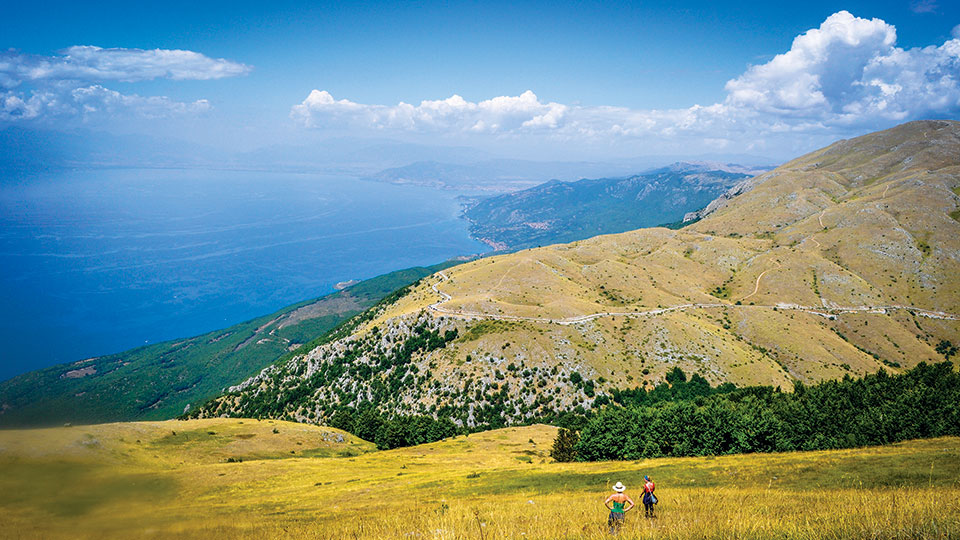
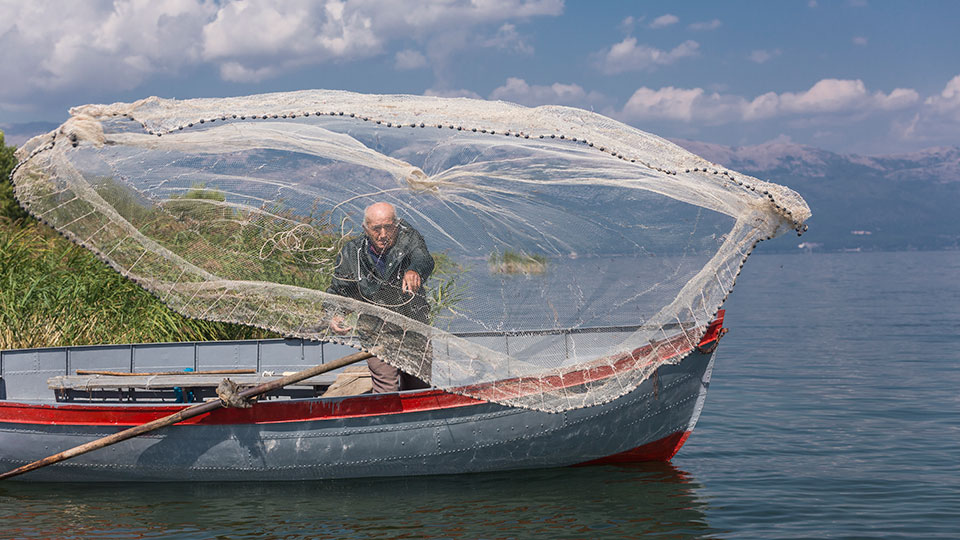
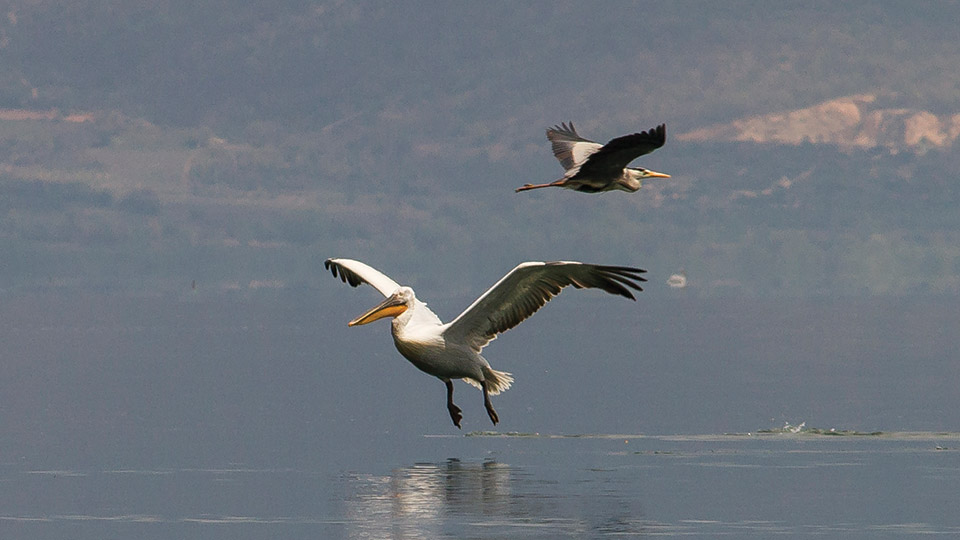
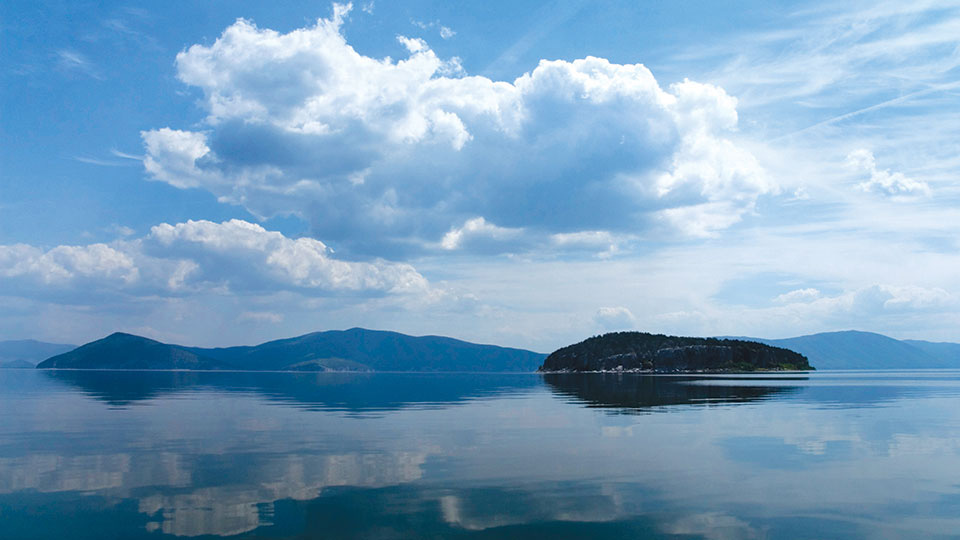
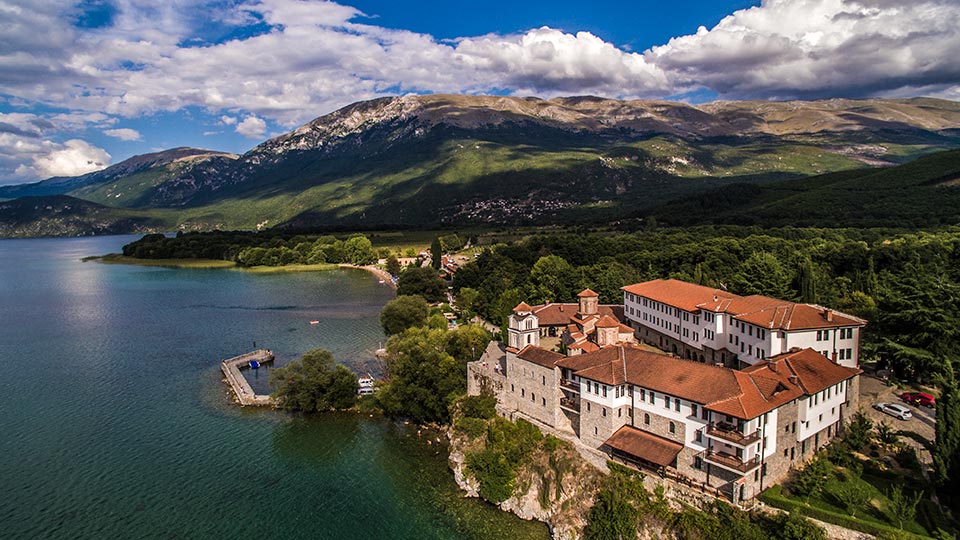
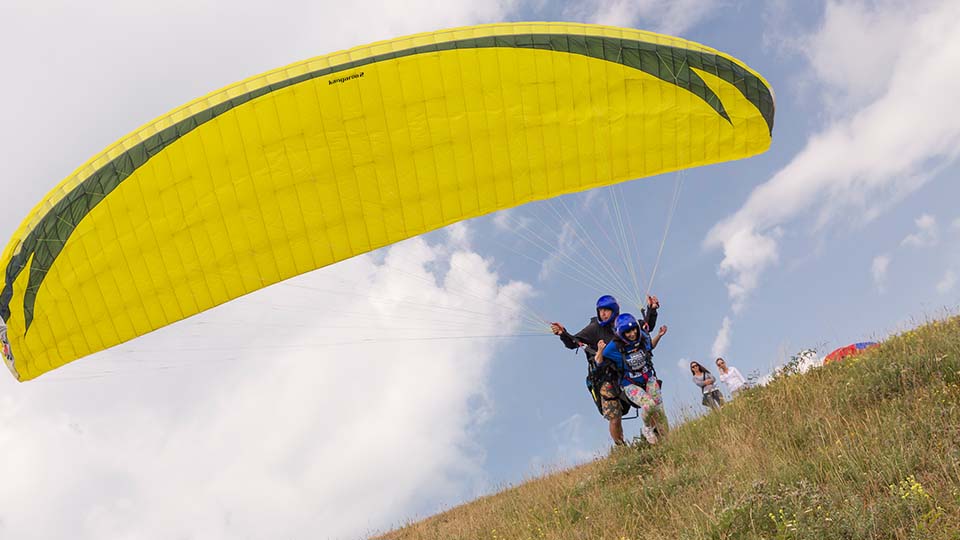
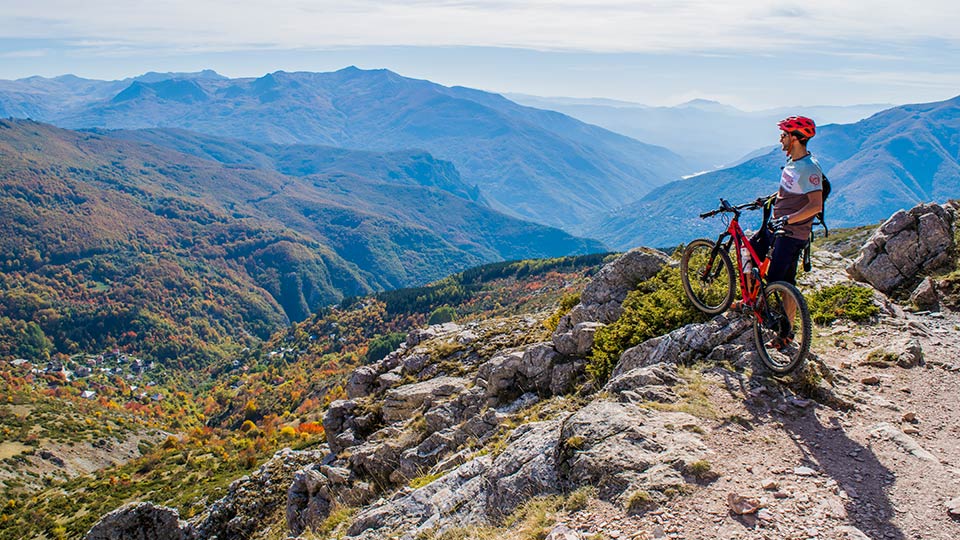





No comments